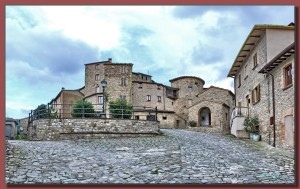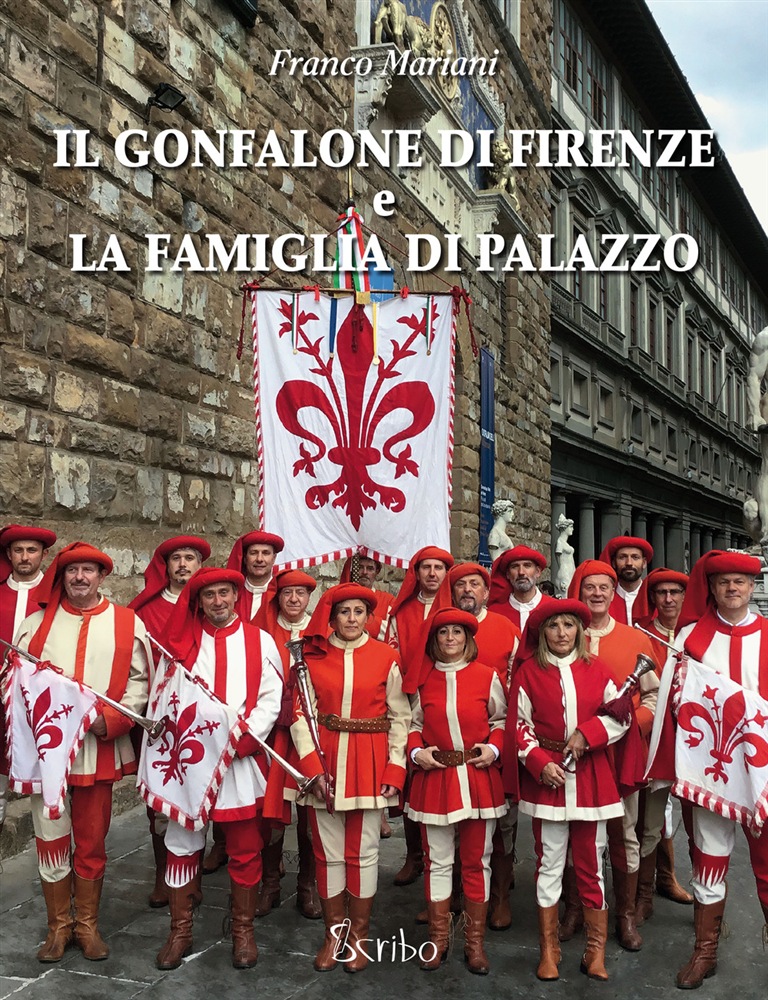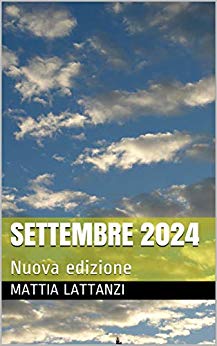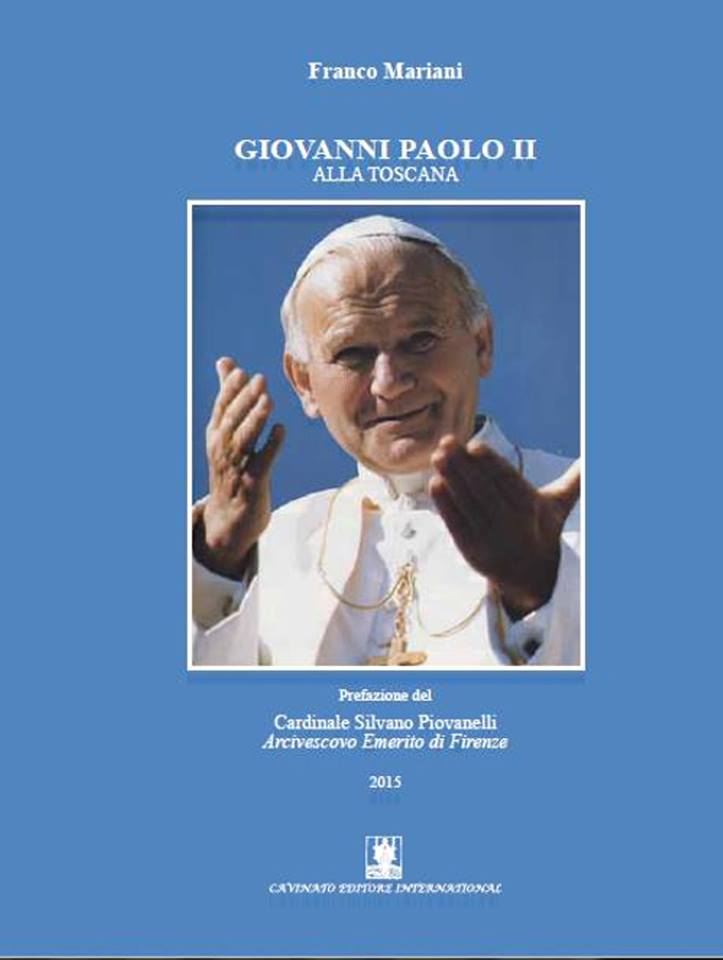Sestino, the ancient easternmost town in Tuscany
 Sestino is a small town of 1.386 inhabitants in the province of Arezzo. It is the easternmost town in Tuscany and, within the province, the most distant from the capital (79 km). Located on the borders with Marche and Emilia Romagna, place on the slopes of the central Apennines, si erge a 496 meters above sea level.
Sestino is a small town of 1.386 inhabitants in the province of Arezzo. It is the easternmost town in Tuscany and, within the province, the most distant from the capital (79 km). Located on the borders with Marche and Emilia Romagna, place on the slopes of the central Apennines, si erge a 496 meters above sea level.
Sestino is an ancient land, always trodden by people who passed through, leaving traces of their passage up and stay. Thus proto-tribe, Etruscans, Picenes, Umbrian, Gauls and then the Romans have shaped the history of Sestino. When the Romans came to Sestino the territory had long been inhabited and frequented by shepherds, hunters, farmers, as findings of spikes and arrows and remains capannicoli.
In the first century a.C. The Romans began the construction of a large city (with a municipium with the Forum, the Curia is it Terme) in this crossroads of the Apennines, where roads converged for Brands, Tuscany and Romagna. The history of the Roman Sestino and its most famous families (Voluseni e Cesii), You can still be admired in the Antiquarium National.
In 1566 Cosimo I de Medici began building a fortress city on the Sasso di Simone to defend the borders of the Grand Duchy against the expansionist ambitions of the Dukes of Urbino.
Until 1779 the parish church of San Pancrazio of Sestino has had its own autonomy and the priest exercised a jurisdiction of type Episcopal churches on the territory; In the same year the archpriesthood nullius dioecesis of Sestino was suppressed and aggregated to the diocese of Sansepolcro.
Striking the Church of San Donato, which have recently been brought to light several frescoes superimposed refer to three different eras; the first dates back to the late fifteenth century, the second to the fourteenth century and the third to the thirteenth century. The images are those of a Madonna and Child Enthroned with figures of angels and saints, including St. Augustine and St. Sebastian.
The Town Hall in the center of Sestino, as well as maintaining some of the old mayor and coats of arms of the Medici, contains two carved flowers of life and in the center a cross. In the village there is also a National Antiquarium with various artifacts from the Roman era dating back to the eleventh century BC. such as statues of rulers and deities including a "Venus from Sestino", over to a particular funeral temple in newsstand circular protoaugustea of age who had a stairway. It was found in 1904.
In the crypt is a central column and the Roman altar is a Roman stone dedicated to the "Genius loci", supernatural entity tied to a particular place, a testimony that this object of pagan worship in the church and later became the main object of Christian worship.
Beside the village there is a very special geological formation, consists of an imposing limestone relief of 1204 feet high with a flat top by the name of Sasso Simone. It was popular at the time of bronze and used as a natural temple for the deities worshiped by ancient Roman priests, called the "Semoni", hence the origin of the name "Sasso Simone". But according to a legend, it seems that the name is more properly due to a hermit who came from the east would have chosen to live in total solitude and prayer.
After, verso l'anno 1000, there was built a Benedictine abbey dedicated to St. Michael the Archangel. The monks who lived there in total seclusion here, were able to cultivate the plateau ricavandoci cereals, flax and peas. Unfortunately, however,, already in 1200, there was an abrupt change in climate with winters ever more rigid and the top became uninhabitable, forcing the monks to move elsewhere, initially just for the winter but subsequently for the entire year, progressively depopulating the entire area.
For some interesting symbolism is the Church of San Michele, locations in Casale in Sestino. It is located in an area sacred to the Romans, as evidenced by the re-use of other recycled material for the edification of the Church: an example is the step at the entrance which is none other than the lid of a sarcophagus.
Outside the church, lungo l’abside, There are some decorative tiles that show very specific symbologies Romanesque-style dating from the twelfth century: a fret croce, animal figures, a star 5 Tips and especially the presence of udders. This unusual sculpture of mold is a clear symbol of the pagan fertility. Le mammelle, since ancient times, have always indicated the "Goddess" or "Mother Earth"; In fact, today the breast is often also shown in the "Madonna" early feeding of your Son Jesus Christ. They are called "mothers Lombard" or "pocce lattarie" and would have to reconnect to the shells that we find in many Italian areas, whose presence is still mysterious. These small cups, located in holy places, were used for the collection of rainwater that, mista to trace, gave that effect "lattugginoso" important for the success of the cult of fertility.
Local farmers tell us that young mothers rubbed their stones on the breast, that they might obtain a rich flow of milk for their children. A pagan ritual that was later taken over by Christianity with the widespread figure of the Madonna del Latte. Lactation for a woman was of paramount importance, since there is no substitute products for babies that we have today. Do not have milk led to the death of their child and we relied a propitiatory prayers and worship because this does not happen.
Michael Lattanzi
By the number 36 – The Year of 22/10/2014







Follow Us!